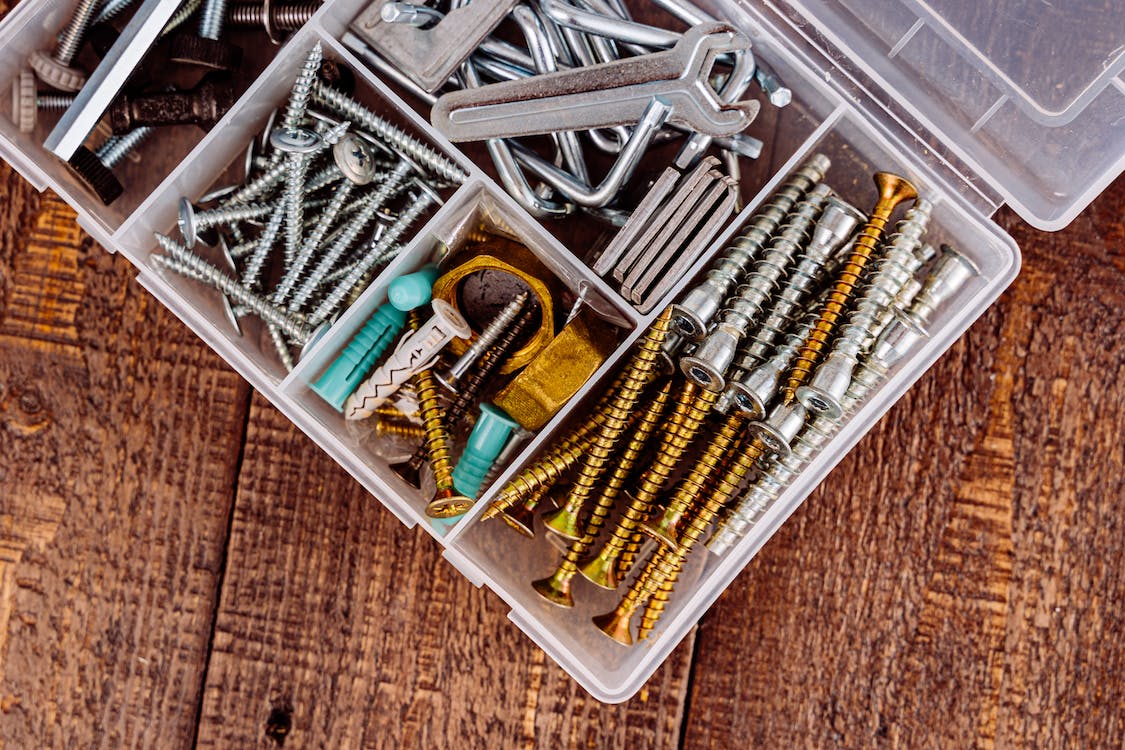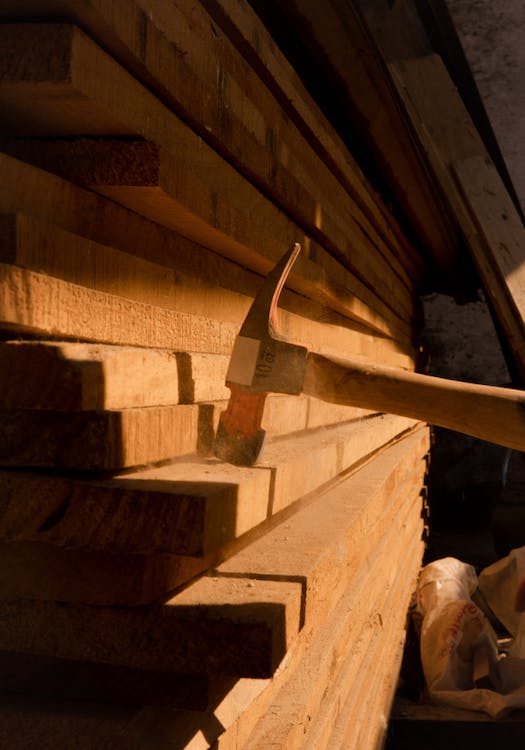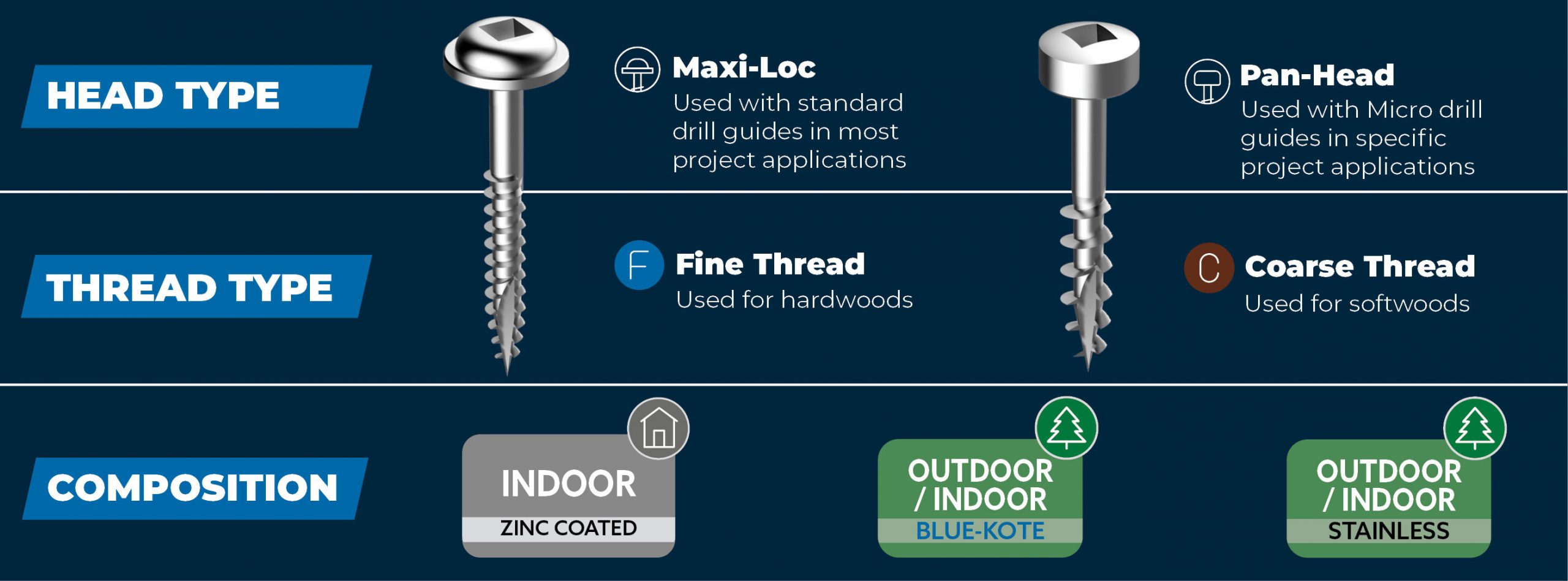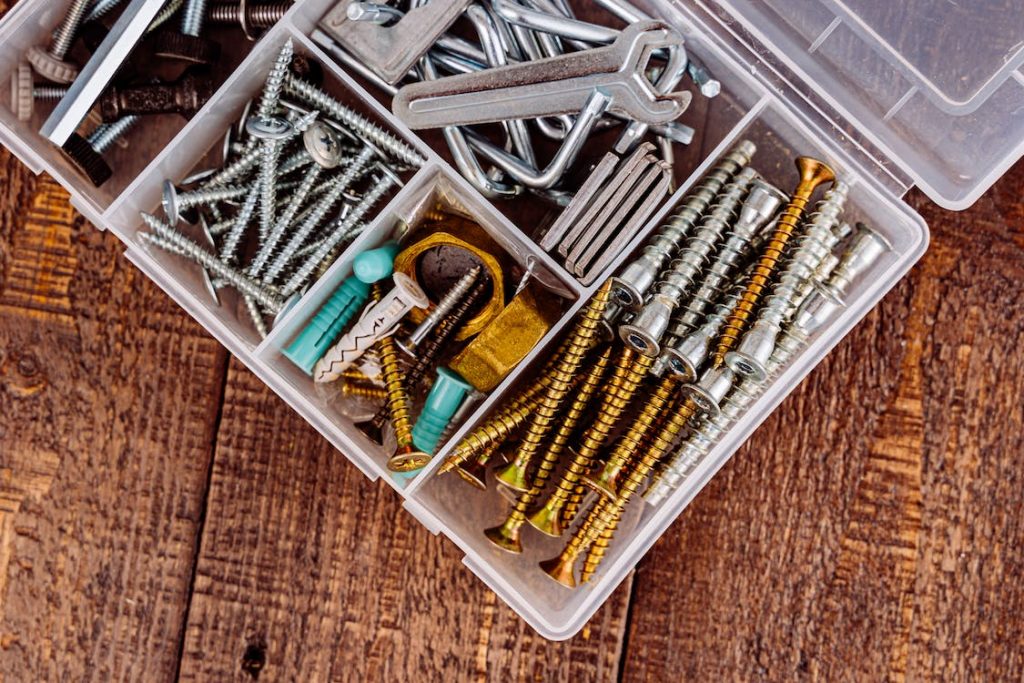A Guide to Choosing the Best Screw for Home Woodworking Projects
 For your home woodworking projects to be successful and durable, choosing the appropriate screw is essential. Given the range of types, sizes, and materials available, it’s critical to comprehend the criteria that define the best screw for your particular requirements. In this post, we’ll give you a thorough guide to selecting the best screw for your DIY woodworking projects.
For your home woodworking projects to be successful and durable, choosing the appropriate screw is essential. Given the range of types, sizes, and materials available, it’s critical to comprehend the criteria that define the best screw for your particular requirements. In this post, we’ll give you a thorough guide to selecting the best screw for your DIY woodworking projects.
Considering the Material
 The type of wood you’re working with should be taken into account when choosing a screw. Screws with coarse threads are necessary for a firm hold on softwoods like pine or cedar. Screws with finer threads are required for hardwoods like oak or maple to avoid splitting. Select screws made for MDF or particleboard if you’re working with these engineered materials. Also take into account the material of the screw, choosing corrosion-resistant alternatives such coated screws for indoor use or stainless steel screws for outdoor projects.
The type of wood you’re working with should be taken into account when choosing a screw. Screws with coarse threads are necessary for a firm hold on softwoods like pine or cedar. Screws with finer threads are required for hardwoods like oak or maple to avoid splitting. Select screws made for MDF or particleboard if you’re working with these engineered materials. Also take into account the material of the screw, choosing corrosion-resistant alternatives such coated screws for indoor use or stainless steel screws for outdoor projects.
Identify the type of screw
Different screw kinds are needed for various woodworking applications. Flathead screws are the best choice for applications where a flush finish is sought because they sit flush with the wood surface. For tasks where the screw head needs to be visible, roundhead screws offer a raised finish. Use wood screws with a deep thread and sharp tip for optimal strength and structural integrity. Consider utilizing confirmat screws or pocket hole screws for a covert and reliable connection while constructing furniture or cabinetry.
Select the Correct Size
Selecting the proper screw size is essential for a strong and long-lasting connection. The screw should be long enough to pass through both pieces of wood without sticking out. Choose a screw length that allows for at least two-thirds of the screw to be embedded after measuring the thickness of the materials being bonded. The screw’s diameter or gauge should correspond to the size of the clearance hole or pilot hole that you have already drilled. A screw that is too thick can split, while one that is too thin might not have enough gripping ability.
 Think about the Screw’s Head
Think about the Screw’s Head
Your woodworking project’s appearance and functionality are greatly influenced by the screw head. A flush or recessed finish is possible with flathead or countersunk screws, which reduces the need for extra finishing work. For aesthetic applications, roundhead or panhead screws may be more appropriate due to their raised finish. Compared to conventional slotted screws, Torx or Phillips head screws offer improved torque transmission and lower cam-out, making them simpler to drive and less prone to strip. When choosing the right sort of screw head for your project, take into account the practical and aesthetic needs.
For your home woodworking projects to be successful and last a long time, selecting the proper screw is essential. You can make sure that the connection is both secure and aesthetically beautiful by taking into account elements like the material, screw type, size, and head style. Spend some time choosing the ideal screw, then relish the satisfaction of a skillfully produced woodworking project.

Comments
Add comment